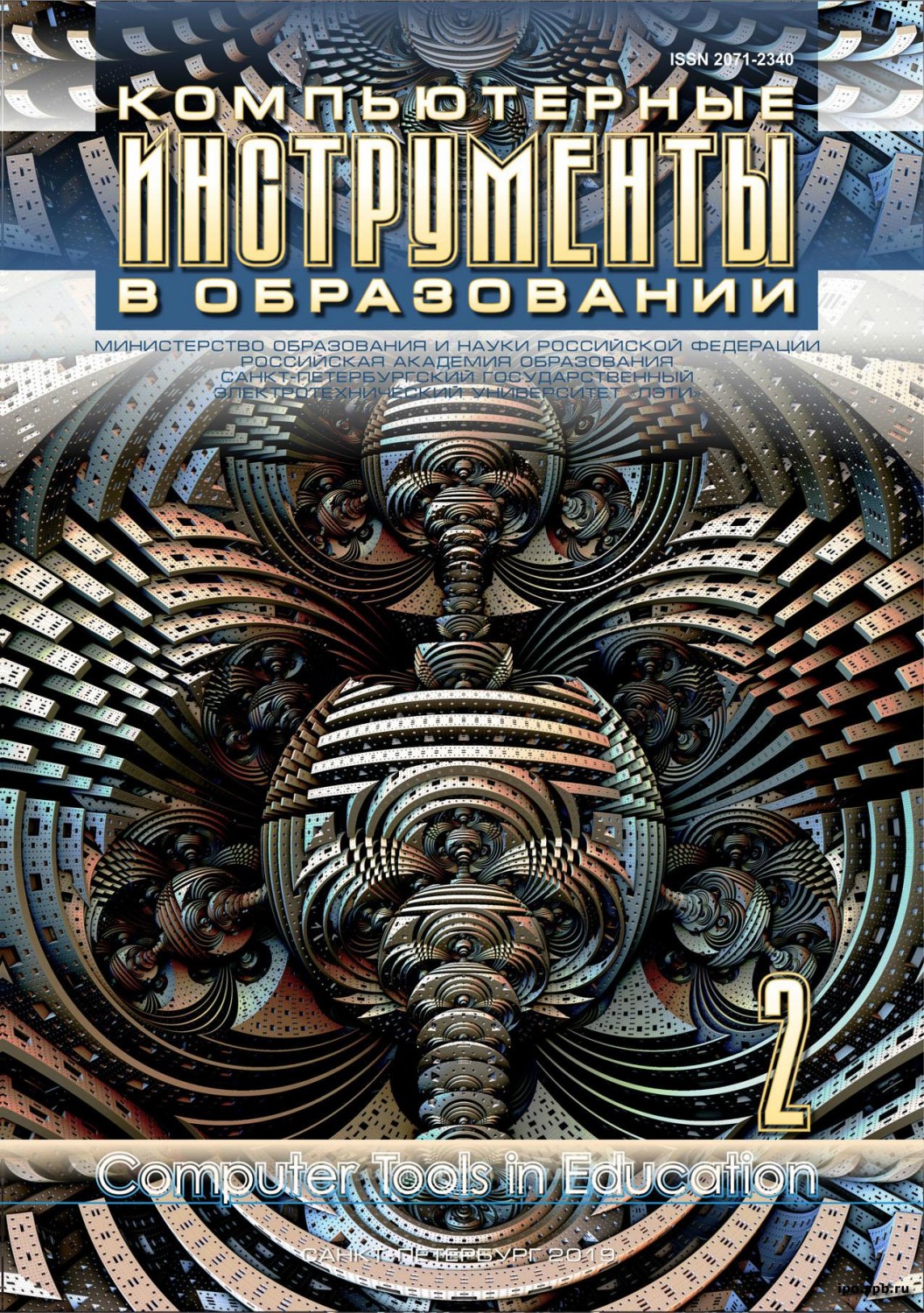Mathematical Modeling and Programming in Science Education
Abstract
Using mathematical models to represent aspects of physical reality is an essential activity in science and science education. This contribution discusses four approaches of using computer programming and mathematical models in classroom activities:
1) Mathematical models, found in the textbook, are used as a basis for computer programs. Students, when creating useful interactive python programs calculating concentrations or pH-values, experience similar intellectual challenges as in solving traditional text book problems.
2) Scratch-animations simulating physical or chemical systems simulation can be specifically designed to check the validity of given mathematical models.
3) A computer-related challenge is to design a simulation (like gas diffusion in a closed system with two phases) that might be a basis for discovering a mathematical model (like Henry's law) or just an element of a mathematical model.
4) Using sensor technology and a Raspberry Pi, students create a computer program that automatically visualizes the observed system behaviour (like changes in gas concentrations) in order to find a mathematical model.
References
S. Papert, Mindstorms: Children, computers, and powerful ideas, Basic Books, New York, 1980.
M. Resnick, J. Maloney, A. M. Hern´andez, N. Rusk, E. Eastmond, K. Brennan, A. Millner, E. Rosenbaum, J. Silver, B. Silverman, and Y. Kafai, “Scratch: Programming for All,” Communications of the ACM, vol. 52, no. 11, pp. 60–67, 2009.
V. Potkonjak, M. Gardner, V. Callaghan, P. Mattila, C. Guetl, V. M.Petrovi´c, and K. Jovanovi´c, “Virtual laboratories for education in science, technology, and engineering: A review,” Computers and Education, vol. 95, pp. 309–327, 2016.
N. Tausch and M. von Wachtendonk, Chemie 2000+ Qualikationsphase, Buchner Verlag, Bamberg, 2015.
L. Borghi, A. De Ambrosis, N. Lamberti, and P. Mascheretti, “A teaching–learning sequence on free fall motion,” Physics education, vol. 40, no. 3, pp. 266–273, 2005.
J. M. Wing, “Computational Thinking,” In Communications of the ACM, vol. 49, no. 3, pp. 33–35, 2006.

This work is licensed under a Creative Commons Attribution 4.0 International License.







